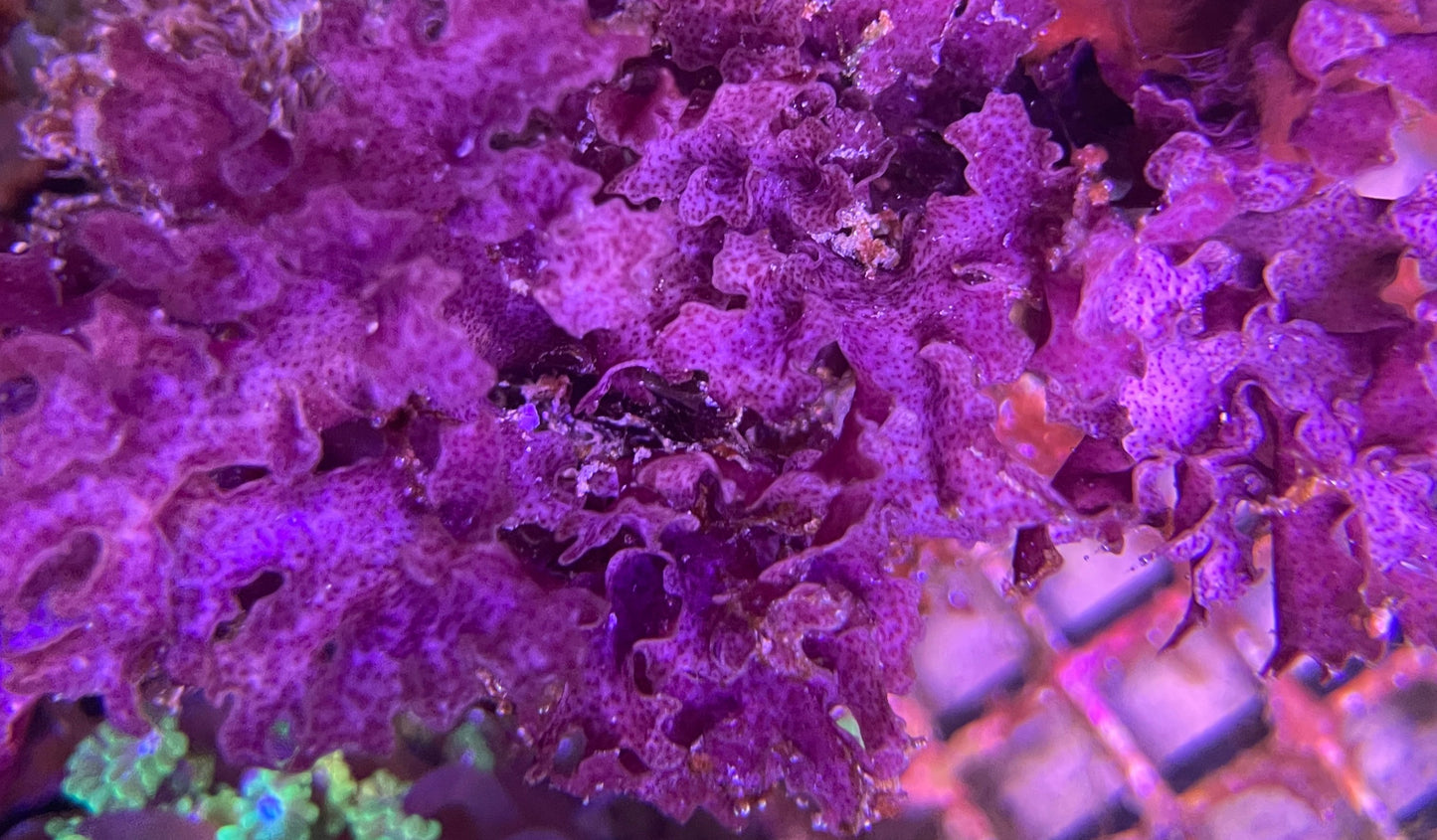Haustierpiraten
Red algae portion
Red algae portion
Couldn't load pickup availability
Characteristics:
- Type : Red algae (Rhodophyta)
- Colour : From bright red to pink to purple and orange, depending on the species and environmental conditions
- Size : Variable depending on the species, from small, delicate species to larger, bushy forms
- Growth form : Variable – from thread-like to branched to flat growing
- Light requirement : Medium to high (intense lighting promotes the colorfulness of the red algae)
- Current : Moderate to strong (depending on the species and growth form of the red algae)
Care instructions:
Red algae are generally very robust and easy to care for as long as stable water conditions are maintained. They thrive best with good lighting and moderate to strong currents, reflecting their natural marine lifestyle.
For healthy development, red algae require sufficient nutrients, especially in the form of nitrates and phosphates. In a well-maintained aquarium that regularly feeds these algae, algae growth is kept in check and excess nutrients are removed from the water.
It is important to monitor the red algae regularly, as some species of fish or other animals, such as sea urchins, may enjoy eating these algae.
Special features:
- Water quality enhancers : Red algae contribute to the reduction of excess nutrients such as phosphates and nitrates by absorbing them into their cells, thus reducing the risk of algal blooms.
- Colour variety : Their intense red tones not only provide a natural look for the aquarium, but also create a beautiful, vibrant colour spectrum.
- Diverse species : There are many different species of red algae that differ in their growth form and color and can therefore bring a nice variety to the reef aquarium.
- Peaceful and easy to care for : These algae are easy to care for and do not cause conflicts with other inhabitants of the aquarium, as they do not grow aggressively or threaten the corals.
Why red algae are the perfect choice for your aquarium:
Red algae are an excellent choice for aquariums that are not only visually appealing but also ecologically sustainable. They promote a healthy and balanced aquarium climate by absorbing excess nutrients while improving water quality. Furthermore, their vibrant colors and diverse shapes bring natural beauty to any reef aquarium.
Share


